
Sao Filipe, Ilha do Fogo (CABO VERDE)
Sao Filipe, Ilha do Fogo (CABO VERDE)

 casabranquinho@hotmail.com
casabranquinho@hotmail.com
 |
 |
 |
 |
 |
 |
| Trips | Trekking | Volcano | Transfer | Food | Internet |
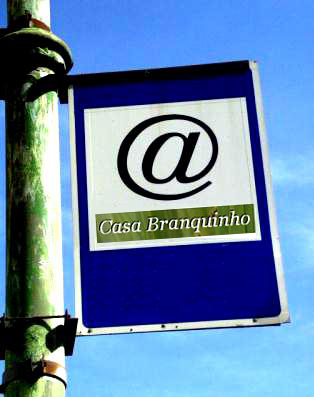
Casa Braquinho offers wide-band Internet access. It also offers a service of international callings via  .
.
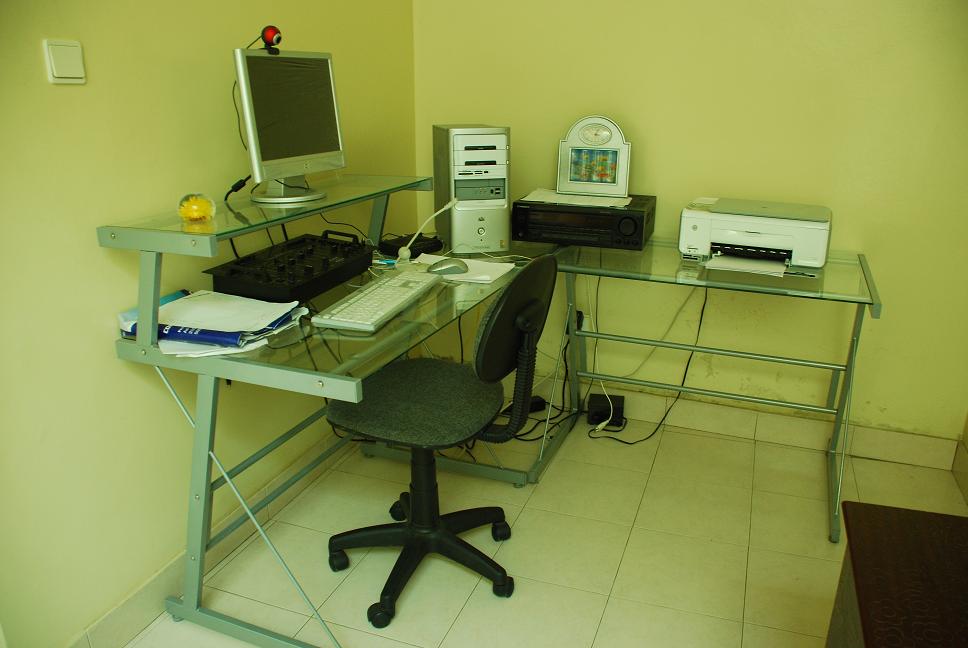
The delicious cuisine of Casa Branquinho is one of the main remarks of the guesthouse. The typical local dishes of Fogo Island are a delight in this modest restaurant.
Cachupa is the national Caboverdian dish, a stew made of chicken, beef, pork, beans, corn, sweet potato, cabbage, pumpkin... You can taste it in Casa Branquinho’s dinning-room every morning, as many Caboverdians do.

Apart from the ascension to the volcano there are many other interesting routes to get to know the different landscapes of the island. Casa Branquinho organizes the transportation, accommodation booking in other parts of the island and the services of a mountain guide. For the more independent travelers, Lino is a fantastic logistic support to the realization of own trekking adventures.

 The ascension to Pico Pequenho allows knowing the volcano that emerged in 1995. It is a short ascension that ends next to the slope of the volcano. From Pico Pequenho you can see lava streams from different ages. In its western side, close to the track that takes to Cha das Caldeiras, there can be seen the most recent lavas (from the Nineties). Their odd shapes are one of the most outstanding geological curiosities of Fogo.
The ascension to Pico Pequenho allows knowing the volcano that emerged in 1995. It is a short ascension that ends next to the slope of the volcano. From Pico Pequenho you can see lava streams from different ages. In its western side, close to the track that takes to Cha das Caldeiras, there can be seen the most recent lavas (from the Nineties). Their odd shapes are one of the most outstanding geological curiosities of Fogo.

The ascention to Pico do Fogo is probably the greatest challenge for the traveler. Lino provides the whole equipment needed to get to Cha das Cladeiras, where we can sleep before starting the route. It is important to go out early in the morning to avoid the heat. Lino can also contact a proffessional local guide if we prefer to go with him. In Fogo, mountain guides have special training.




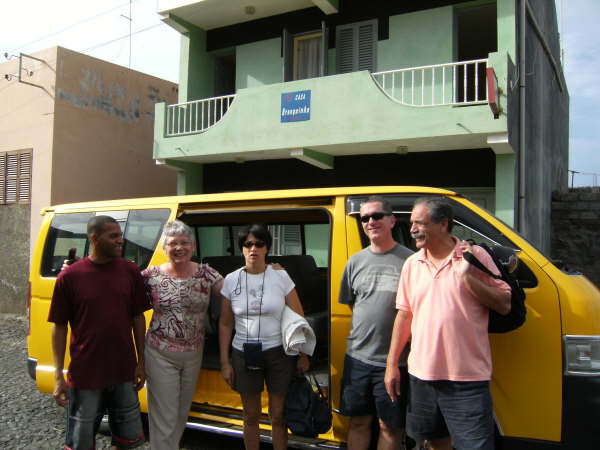
Casa Branquinho organizes trips to know all the spots of Fogo. Lino knows the island like the back of his hand and usually suggests alternative trips in which, apart from getting to know the scenery, you can know the uniqueness of its flora and fauna. Not to forget that, besides its attractive geological landscapes, this island is home to many species of endemic plants. It is also easy to see the passarinha, a colourful bird that is only visible in some islands of Cabo Verde. An authentic Caboverdian symbol.
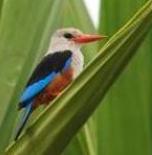
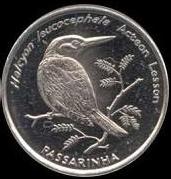


 An unforgettable trip is the ascension to Cha das Caldeiras from Sao Filipe. In this journey, great contrasts in the landscapes appear as we ascend, and the traveler goes into a marvelous pot, La Bordeira, until arriving to Cha das Caldeiras. This small village is located at the heart of the island and at the foot of the volcano.
An unforgettable trip is the ascension to Cha das Caldeiras from Sao Filipe. In this journey, great contrasts in the landscapes appear as we ascend, and the traveler goes into a marvelous pot, La Bordeira, until arriving to Cha das Caldeiras. This small village is located at the heart of the island and at the foot of the volcano.  Another good option is to get to the secluded beach of Salina, the best place in the island to have a bath next to volcanic coladas sculptured by the sea. This trip can be extended to Mosteiros walking through scarped slopes covered in tropical vegetation. While in Cha das Caldeiras the black lavas are dominant, in the way to Mosteiros the green covers all.
Another good option is to get to the secluded beach of Salina, the best place in the island to have a bath next to volcanic coladas sculptured by the sea. This trip can be extended to Mosteiros walking through scarped slopes covered in tropical vegetation. While in Cha das Caldeiras the black lavas are dominant, in the way to Mosteiros the green covers all.  While traveling the oriental side of the island, from Bombardeiro to Achada Grande, you can see lavas from different periods, observe the different tonalities of the terrain and identify the diverse eruptions that the volcano has had. Recent lava formations, from last century, and others from prehistoric ages, are alternated in a vertiginous fall to the ocean.
While traveling the oriental side of the island, from Bombardeiro to Achada Grande, you can see lavas from different periods, observe the different tonalities of the terrain and identify the diverse eruptions that the volcano has had. Recent lava formations, from last century, and others from prehistoric ages, are alternated in a vertiginous fall to the ocean.